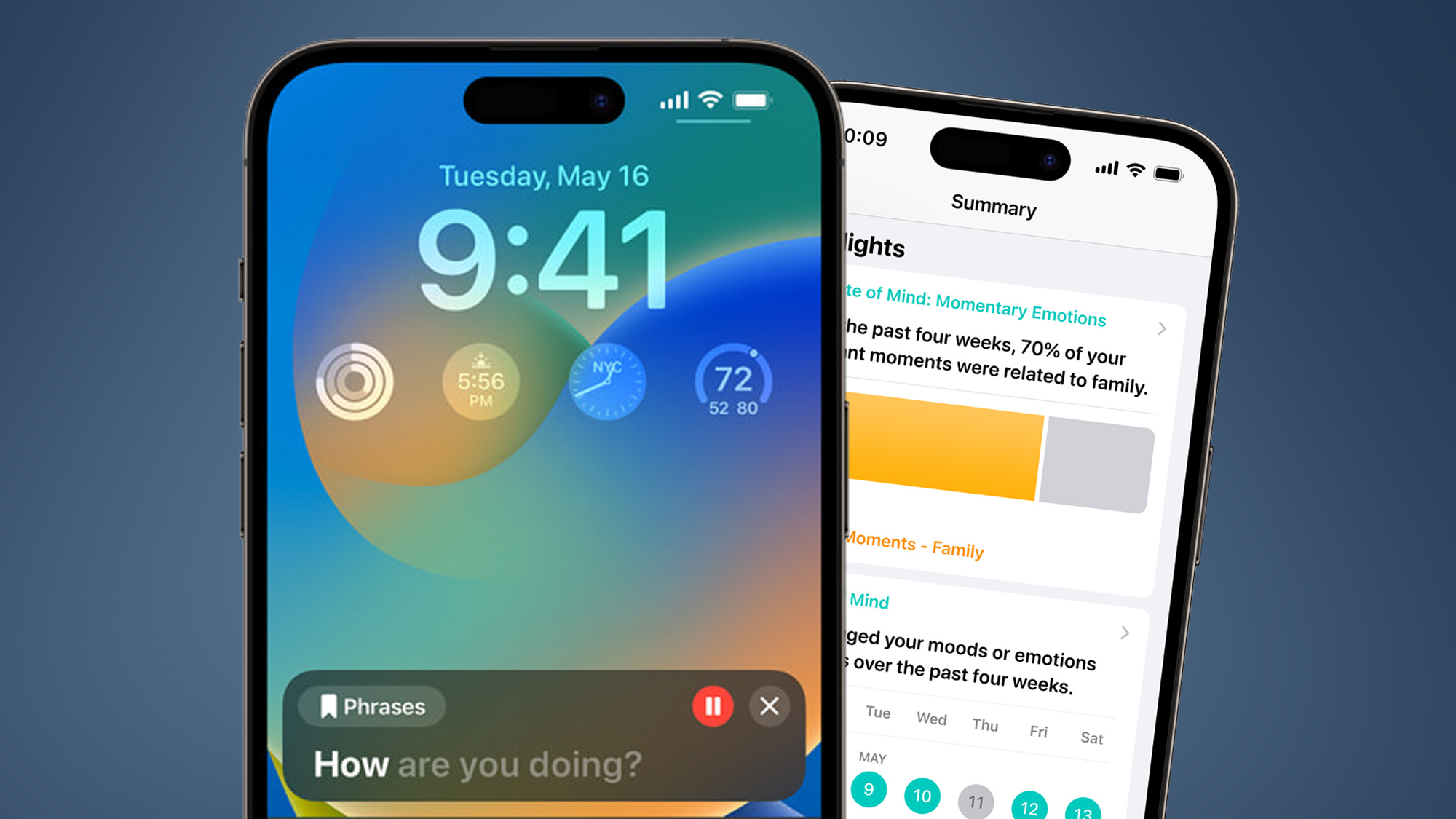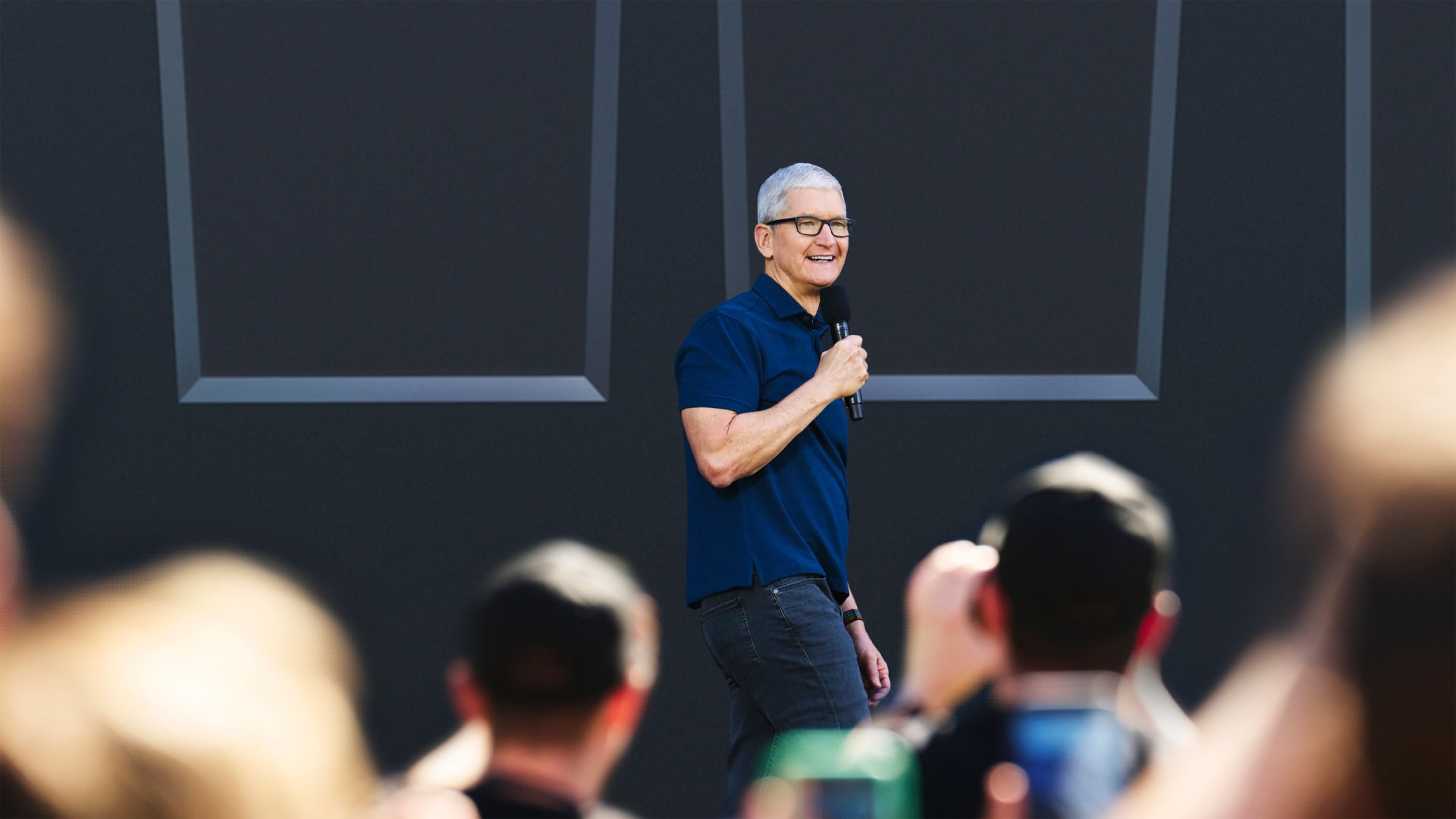Even the iPhone 16 could be a bottleneck on Apple’s new AI features – here’s why
How much RAM is enough?

With Apple set to announce a major overhaul to its operating systems at its WWDC 2024 event later today, it’s no secret that artificial intelligence (AI) is going to be front and center at the show. But one industry insider believes that Apple’s latest hardware could hold back its AI ambitions and prevent them from leaping ahead of its rivals.
In a question-and-answer post on Medium, Apple analyst Ming-Chi Kuo claimed that the amount of on-board memory in the upcoming iPhone 16 range – predicted to be 8GB – may not be enough to let the large language model (LLM) behind Apple’s AI truly sing.
“On-device LLMs are unlikely to exceed market expectations due to the iPhone 16’s 8GB DRAM limitation,” Kuo argued in the post, suggesting that eager Apple fans should perhaps temper their expectations going into WWDC.
That said, memory has never been much of an issue in previous iPhones, with Apple’s powerful mobile chips and efficient iOS operating system able to offer market-leading performance regardless of how much RAM they have to work with. The question, though, is whether that situation will still apply when it comes to notoriously demanding AI tools.
Kuo also noted that Apple is set to launch both cloud-based and on-device AI systems. However, “it is unlikely that Apple will announce development progress that significantly exceeds market expectations at WWDC 2024,” Kuo says. That’s because “Cloud-based LLMs require more time to train, and the development of on-device LLMs is currently limited by the iPhone 16’s 8GB of DRAM.”
It adds to another limitation first suggested by Bloomberg reporter Mark Gurman, who warned that you’ll need either an iPhone 15 Pro or an M1 Mac (or better) to use many of Apple’s AI features. That means that neither the iPhone 15 nor the iPhone 15 Plus will be powerful enough to use many of the new tools, despite being some of the most current iPhone models available.
A barnstorming AI event

All that said, there were plenty of positives to take from Kuo’s report if you’re of an Apple persuasion. The analyst believes that “After WWDC, Apple will no longer be seen as a laggard in the AI industry,” for example, suggesting that Apple’s AI efforts will be impressive enough to put it on par with the likes of OpenAI and Google.
Get daily insight, inspiration and deals in your inbox
Sign up for breaking news, reviews, opinion, top tech deals, and more.
As well as that, Kuo says that “AI will be ubiquitous in Apple’s main applications". This will apparently have the effect of “showcasing Apple’s advantage in user interface design,” giving users exceptionally well-designed apps and features that incorporate AI in meaningful ways.
WWDC is expected to be a major launchpad for Apple’s AI efforts, with the company infusing all manner of apps and systems with the tech. According to Bloomberg’s Mark Gurman, we are likely to see AI woven into a host of Apple apps, including Mail, Photos, Safari, Xcode and more.
Siri is also set for its biggest update ever, while Apple is partnering with OpenAI to deliver some of the more powerful AI features, albeit with many privacy protections in place to keep your data away from prying eyes when it is sent to cloud servers.
With just a few hours until WWDC kicks off, it won’t be long until we see exactly what Apple has up its sleeve. Yet while it looks like it will be incredibly wide-ranging in terms of AI announcements, the niggling issue of the iPhone’s limited memory – and its ability to power the most demanding AI features – may put a slight dampener on the occasion.
You might also like

Alex Blake has been fooling around with computers since the early 1990s, and since that time he's learned a thing or two about tech. No more than two things, though. That's all his brain can hold. As well as TechRadar, Alex writes for iMore, Digital Trends and Creative Bloq, among others. He was previously commissioning editor at MacFormat magazine. That means he mostly covers the world of Apple and its latest products, but also Windows, computer peripherals, mobile apps, and much more beyond. When not writing, you can find him hiking the English countryside and gaming on his PC.